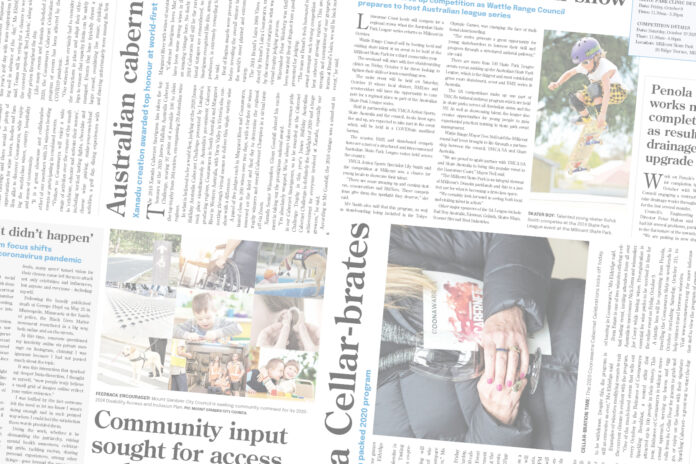Production and slaughter statistics for the April-June quarter, released last week by the ABS, allows MLA to consider the industry’s medium-term trajectory in light of new information.
One of the key figures for stakeholder participants to consider is the female slaughter rate (FSR), a technical indicator used to determine if a cattle herd is destocking or expanding.
The indicator is very straightforward.
If the number of cows and heifers slaughtered in a given period (expressed as a percentage of total slaughter) is higher than the
long-run average (in this case, 47%), then the herd is judged to be in a destock.
By that measure, the April-June slaughter data showed Australia entering a destock for the first time since September 2021, with an FSR of 48%.
While only marginally above the 47% cutoff point, this does mean the Australian cattle herd has entered a technical destock.
With that said, a single datapoint does not determine the health of the industry more broadly, therefore the figure does not necessarily indicate that we are in a destock.
Seasonal shifts in slaughter rates mean the FSR can jump around over a year without necessarily indicating “real” changes in the market.
Since 1990, the average FSR has been 47%, but the average FSR for the second quarter over that time has been 49.5%.
That 2.5% variance means that in a ‘normal’ year where the FSR was 47% overall, you would actually expect the herd to enter a technical destock in Q2 with an FSR of between 49-50%.
This scenario has occurred several times since 2000.
In 2006, 2013 and 2021, the FSR in Q2 jumped over 47% into destock territory before immediately dropping in Q2 back below 47%.
We would typically judge those years as ‘rebuilding’ years and understand the seasonal variation slaughter rates do not belie an underlying trend.
The ABS accounts for this seasonal variation when publishing the data and releases a ‘seasonally adjusted’ data series alongside the actual figures.
In this case, the seasonally adjusted figures give an FSR of 44%, below the actual 48% figure and below the 47% baseline.
This is not definitive, the herd could be beginning to destock as the rebuild matures and stocking rates reach cyclical peaks and the 48% FSR could be the first indication of that.
However, given the seasonal variation in slaughter, it is too early to say if the herd has entered a destock, and we will need to wait for a consistent trend to develop to show the Q2 data was not a statistical fluke.




